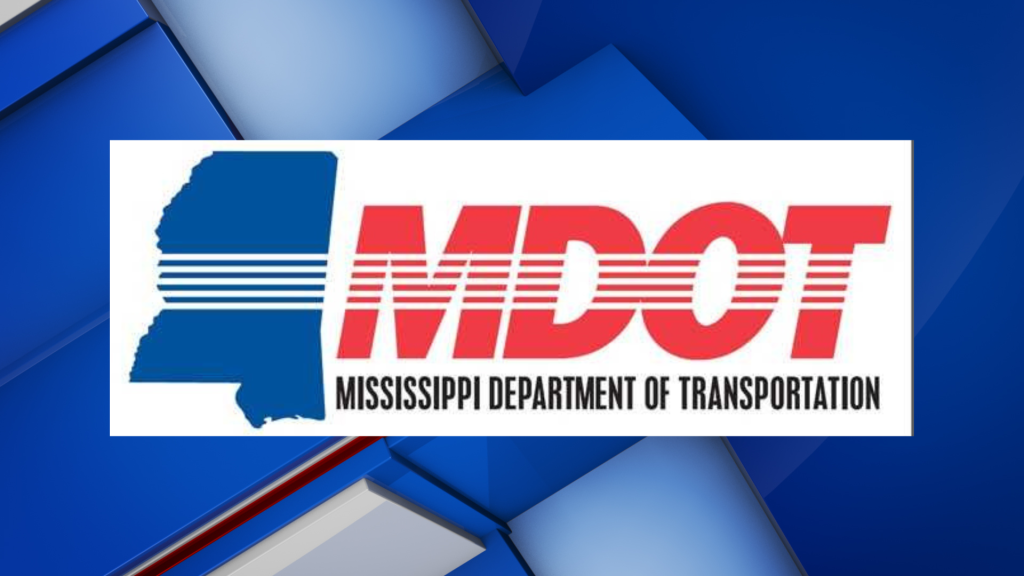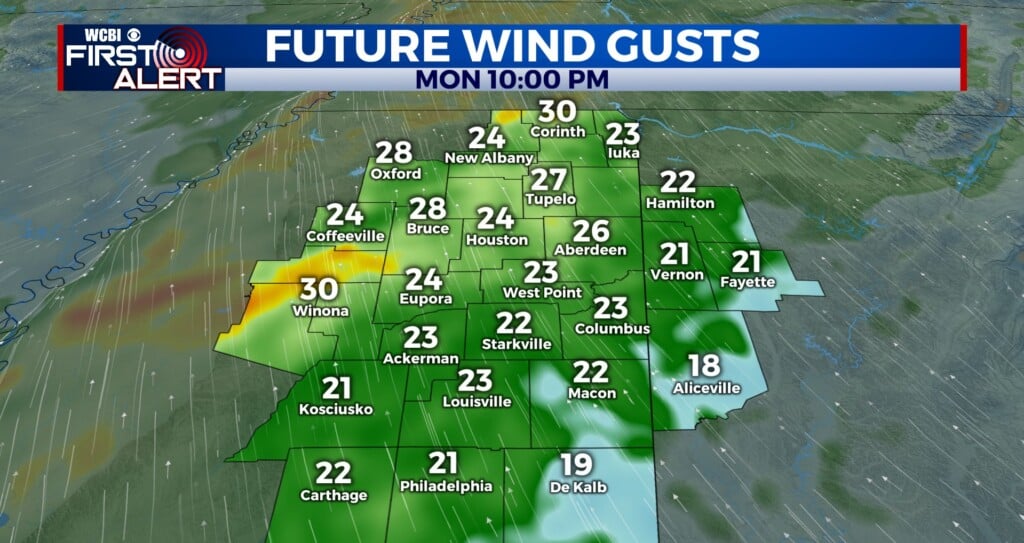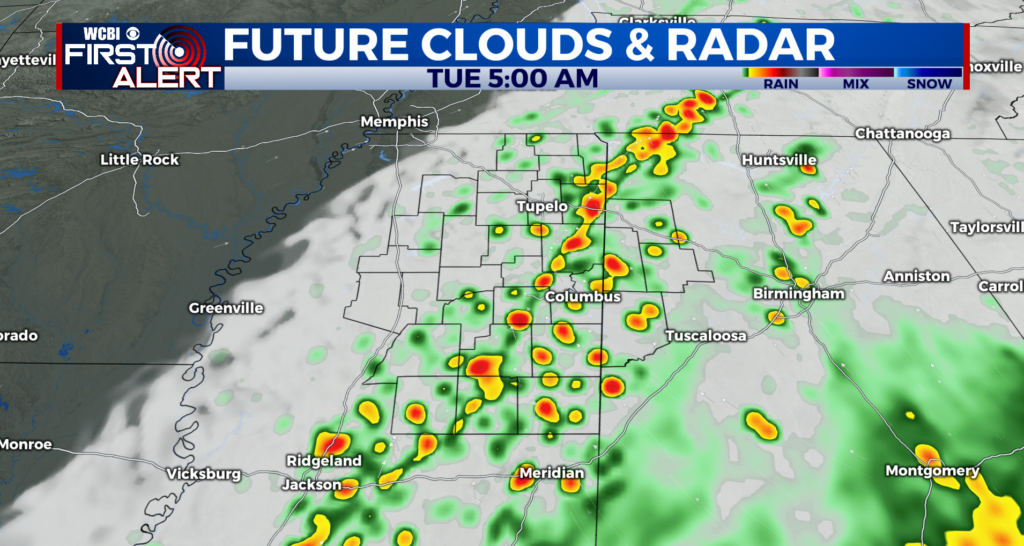Uber, Lyft drivers say companies block unemployment benefits
Nearly a month after the CARES Act expanded jobless aid to include gig workers, drivers for Lyft and Uber sidelined by the coronavirus-related economic shutdown are accusing the ride-share companies of holding up their unemployment benefits.
Ruthie Como, who drives for Uber in Florida, first applied for unemployment benefits at the end of March. She said the company wouldn’t provide a phone number for the state to verify her status as a driver, instructing her to use the general service number. The state’s unemployment system didn’t recognize the number and rejected her unemployment claim, she said. She re-applied for benefits on April 15 but was rejected a second time.
“I’ve told Uber support this a few times, and have [been] given the same answer: ‘This is the only number we have at this time, [Unemployment Insurance] can call us to verify your status with us,'” Como told CBS MoneyWatch.
Como eventually resorted to contacting Uber’s customer service department over Twitter, but has yet to resolve the phone number issue.
Kristie Contine, a full-time Lyft driver in San Diego, applied for unemployment benefits online on March 25. When the California application asked for her quarterly earnings, she called the company to get the information, but a customer service representative refused to provide it, she said.
Instead, Contine calculated her pay herself by using information in the Lyft app. She got a confirmation code and a note that her benefits would arrive in the mail. About 10 days later, the notice came — only to deliver bad news.
“You’re thinking this whole time, ‘I’m good!’ And you open it up and it says, ‘You will get zero dollars,'” she said.
Contine, 61, also works for Uber and used to earn between $800 and $1,000 weekly driving for the two ride-hailing companies before the pandemic hit. She pays $600 a month in rent for her motor home and considers herself relatively fortunate, but feels her treatment has been unfair given that driving during these uncertain times could put her health at risk.
“It’s a bad place to be right now — you don’t know what to do,” she told CBS MoneyWatch. “Part of your brain says, ‘Go to work,’ but another part of your brain says, ‘I want to live.'”
“Not one person I know has received an actual [unemployment insurance] check,” said Steve Johnson, who drove full-time for Uber and Lyft until mid-March. Johnson, 47, runs the popular driver resource UberLyftDrivers.com, and estimates he’s spoken with 100 to 150 drivers in the past two weeks.
Johnson, along with David Pickerell, a former operations manager at Uber, was inspired to create an online calculator for ride-share drivers to see the status of their state’s unemployment benefits and to figure out how to apply for assistance.
Employee or contractor?
In California and New York, the delay in collecting unemployment benefits has intensified the debate over whether app drivers should be classified under labor law as employees or as independent small business owners. More than 1,800 drivers in New York have signed a petition for Uber to release earnings information to the state’s labor department.
“Uber has failed to provide the New York State Department of Labor with the wage data necessary to process driver claims quickly, heartlessly delaying payouts that drivers need to feed our families in a time of crisis,” the drivers wrote.
Several California drivers and workers’ rights group organizing them told CBS MoneyWatch that Uber and Lyft were refusing to provide essential wage information to that state’s labor department.
“Because Lyft and Uber are not following the law, which is that you pay into the unemployment system and report earnings to the state for your employees, the [unemployment benefits] office has to basically research and verify the income that you report,” said Nicole Moore, a driver and labor organizer with Rideshare Drivers United, which has about 15,000 members. “Many of us have filed over a month ago and have no members who’ve received benefits.”
Blame the states
Uber and Lyft have denied that they’re stalling or doing anything wrong, suggesting the issue has to do with outdated state unemployment systems.
“We’re working with states across the country to help them get the data they need to process Pandemic Unemployment Assistance applications quickly. We’re seeing states move toward a streamlined application process that we think will help those who are self-employed, so drivers can self-certify their eligibility and income,” a Lyft spokesperson said in a statement.
A spokesperson for Uber said: “Congress fully funded pandemic unemployment assistance for gig workers so that every state, many of which face historic deficits, could give these workers immediate financial support at no cost to their own state funds. We are actively reaching out to all states to try and work with them to get this support to our drivers and delivery people.”
Uber added that states shouldn’t need to confirm driver earnings with the company. “Uber provides information to drivers for self-reporting purposes and confirmation by Uber of those earnings is unnecessary,” the company’s spokesperson said, adding that “we are committed to confirm any individual driver’s earnings with a state if they requested.”
The distinction between regular unemployment benefits and Pandemic Unemployment Assistance — the additional pool of money Congress approved for self-employed workers — might seem academic. But labor activists and academics say the difference is crucial.
With unemployment insurance, companies pay a certain amount in taxes per worker, and jobless benefits come out of that pool. Spending taxpayer funds toward a bailout that should rightly be paid for by the companies would set a bad precedent and disadvantage “law-abiding employers” who have paid into the system, a group of 27 law and employment experts wrote in an open letter to states.
In New York and New Jersey, among other states, Uber and Lyft drivers are classified as employees for unemployment insurance purposes. New Jersey last year sent Uber a bill for nearly $650 million for unpaid unemployment and disability insurance.
In California, a court decision and a state law passed last year, called AB5, made it much harder for companies to define giworkers as contractors. Lyft and Uber maintain the law doesn’t apply to them and are funding a fall ballot initiative to permanently exempt gig workers.
Although the CARES Act was passed in late March, many states haven’t yet to set up new systems to deal with unemployment benefits for freelancers. That means non-working drivers, many of whom have been out of work for a month already, will have to wait longer to see any money.
“It is not a friendly system when you become unemployed and then you’re faced with housing insecurity, food insecurity,” said Cherri Murphy, a Lyft driver and theology student who applied for unemployment at the end of March.
Murphy, 52, lives in Oakland and said she gave up driving one day when she drove for 10 hours and made only $90, which she put towards her car payment and gas. Murphy has received financial assistance from friends, allowing her to pay for food and rent. But she gave up her car, which she had leased from Lyft, because she couldn’t afford the $250 weekly payments.
She is now working with lawyers from Rideshare Drivers United to help her with her unemployment application. Without their help, she said, “I would be lost, overwhelmed and inundated.”





Leave a Reply